Home>diy>Building & Construction>What Timber Is Used For In Construction
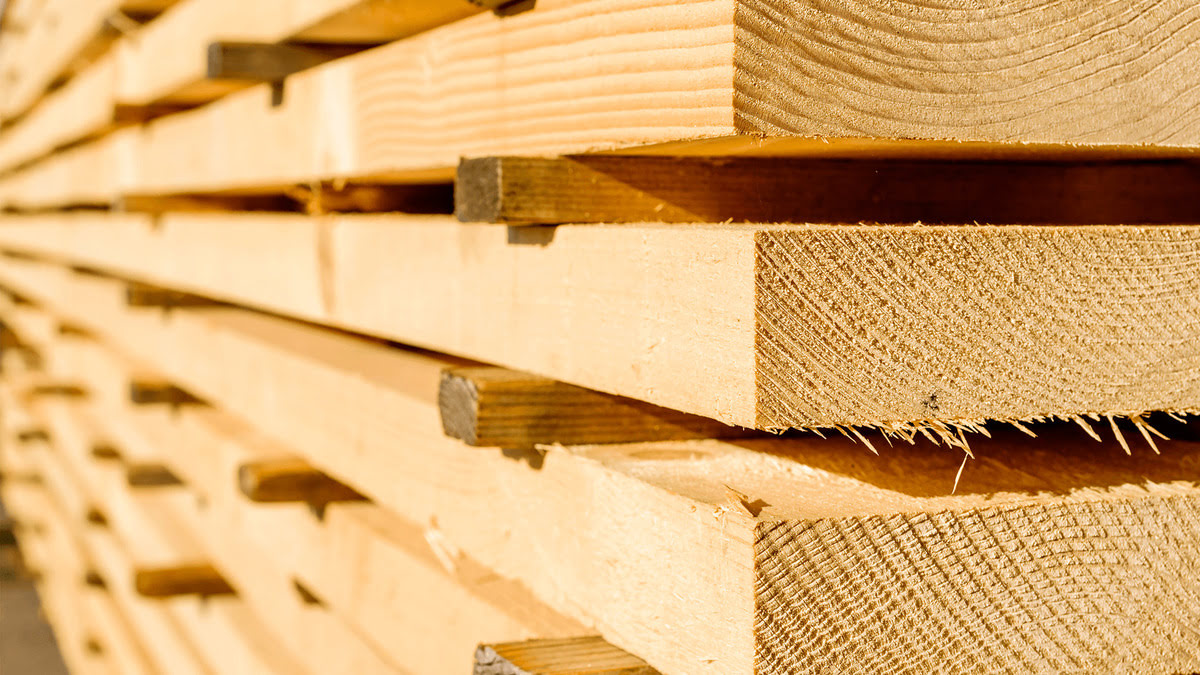

Building & Construction
What Timber Is Used For In Construction
Modified: December 7, 2023
Discover the top timber varieties used in building construction, including their properties, strengths, and applications. Enhance your knowledge and choose the perfect timber for your construction projects.
(Many of the links in this article redirect to a specific reviewed product. Your purchase of these products through affiliate links helps to generate commission for Storables.com, at no extra cost. Learn more)
Introduction
When it comes to construction, timber is an essential material that has been used for centuries. Its natural beauty, durability, and versatility make it a popular choice for various applications in the building industry. Whether it’s for structural elements or finishing touches, timber offers a wide range of options that cater to different construction needs.
In this article, we will explore the different types of timber commonly used in construction, their characteristics, advantages, and disadvantages. We will also delve into the world of engineered wood products and discuss the importance of sustainable timber in construction. So, let’s embark on this journey to discover the wonders of timber and its role in building our world.
Key Takeaways:
- Timber, whether softwood or hardwood, offers cost-effective, durable, and aesthetically pleasing options for construction, while engineered wood products provide innovative, versatile, and sustainable solutions for modern building needs.
- Embracing sustainable timber in construction contributes to environmental conservation, social responsibility, and positive project image, while requiring careful consideration of transparency, availability, and durability for optimal impact.
Read more: What Is Mass Timber Construction
Softwood Timber
Softwood timber is derived from coniferous trees, such as pine, spruce, or fir. It is characterized by its relatively low density and straight grain, which gives it excellent structural stability. Softwood timber is widely available and is often less expensive than hardwood timber, making it a popular choice in construction.
Common uses of softwood timber in construction include:
- Structural framing: Softwood timber is commonly used for wall frames, roof trusses, and floor joists due to its strength and load-bearing capabilities.
- Exterior cladding: Softwood timber is frequently used for siding, decking, and fencing due to its natural resistance to decay and weathering when properly treated.
- Internal finishing: Softwood timber is also used for doors, window frames, and moldings, providing an aesthetically pleasing and durable finish.
Advantages of softwood timber in construction:
- Cost-effective: Softwood timber is generally more affordable than hardwood, making it a budget-friendly option for construction projects.
- Lightweight: Softwood timber’s low density makes it easier to handle and transport, reducing labor and transportation costs.
- Fast growth: Softwood trees tend to grow faster compared to hardwood trees, resulting in a more sustainable and renewable source of timber.
Despite its benefits, softwood timber also comes with a few disadvantages:
- Less durable: Softwood timber is prone to damage from moisture, pests, and wear. Proper treatment and maintenance are essential to ensure its longevity.
- Lower fire resistance: Softwood timber has a lower resistance to fire compared to some hardwood species. Fire-retardant treatments can be applied to improve its fire performance.
Overall, softwood timber is a versatile and cost-effective option for construction, providing strength, stability, and aesthetic appeal to various building applications.
Hardwood Timber
Hardwood timber is derived from broad-leaved trees, such as oak, mahogany, or maple. It is known for its density, strength, and durability, making it an ideal choice for various construction purposes. Hardwood timber is often prized for its natural beauty, unique grain patterns, and rich color variations.
Common uses of hardwood timber in construction include:
- Flooring: Hardwood timber is a popular choice for flooring due to its longevity and timeless appeal. It adds warmth and elegance to any space.
- Cabinetry and furniture: Hardwood timber is heavily utilized in the construction of high-quality cabinetry, furniture, and fixtures, showcasing its strength and craftsmanship.
- Interior joinery: Hardwood timber is used for doors, window frames, and decorative moldings, adding a touch of sophistication to the interior design.
Advantages of hardwood timber in construction:
- Durability: Hardwood timber is highly resistant to wear, impacts, and decay, ensuring a long lifespan for structures and finishes.
- Natural beauty: Hardwood timber’s unique grain patterns and rich color variations add a touch of luxury and elegance to any construction project.
- Stability: Hardwood timber has excellent dimensional stability, minimizing the risk of warping, shrinking, or expanding due to changes in moisture or temperature.
Despite its advantages, hardwood timber has a few disadvantages:
- Higher cost: Hardwood timber tends to be more expensive than softwood due to its scarcity, longer growth cycle, and superior properties.
- Weight: Hardwood timber is denser and heavier than softwood, making it more challenging to handle and transport.
- Sustainability concerns: Harvesting hardwood timber can have environmental impacts if not properly managed. Certification systems promote sustainable practices.
Hardwood timber is prized for its strength, durability, and aesthetic appeal, offering a touch of natural beauty and sophistication to any construction project.
When choosing timber for construction, consider the durability, strength, and resistance to decay of the wood species. Common choices include cedar, pine, oak, and spruce. Research the specific properties of each type to determine the best fit for your project.
Engineered Wood Products
Engineered wood products are manufactured by binding together wood fibers, strands, or veneers with adhesives and then compressing them to form a strong and reliable material. These products offer enhanced performance characteristics and versatility, making them popular in various construction applications.
There are several types of engineered wood products, including:
- Plywood: Plywood is composed of thin layers of wood veneers that are glued together with the grain of each layer perpendicular to the adjacent layer. It is widely used for sheathing, subfloors, and structural panels.
- Particleboard: Particleboard is made from small wood particles and adhesive. It is often used for shelving, cabinetry, and furniture due to its affordability and uniform composition.
- Medium Density Fiberboard (MDF): MDF is made from fine wood fibers that are densely compressed with adhesive. It is commonly used for interior trim, furniture, and decorative applications.
- Laminated Veneer Lumber (LVL): LVL is made by stacking and gluing together thin layers of veneers to create strong structural beams and columns.
Common uses of engineered wood products in construction include:
- Structural elements: Engineered wood products, such as LVL and plywood, are often used for beams, headers, and joists in structural framing.
- Cabinetry and millwork: Plywood and MDF are popular choices for cabinetry, shelving, and decorative moldings due to their stability and versatility.
- Flooring: Engineered wood flooring, which consists of multiple layers of wood bonded together, offers the look of hardwood with enhanced durability and stability.
Advantages of engineered wood products:
- Strength and stability: Engineered wood products are designed to be structurally strong and resistant to warping, shrinking, or splitting.
- Consistency: Engineered wood products have consistent properties, reducing the risk of defects and ensuring predictable performance.
- Utilization of smaller trees: Engineered wood products allow for efficient use of smaller or lower-grade trees, making them a more sustainable option.
Disadvantages of engineered wood products:
- Moisture sensitivity: Some engineered wood products, such as particleboard, can be more susceptible to damage from moisture compared to solid wood.
- Limited design options: Engineered wood products may have limitations when it comes to certain design elements, such as intricate carvings or exposed natural wood finishes.
Engineered wood products offer a cost-effective, versatile, and sustainable alternative to solid wood, making them a popular choice in modern construction. Their strength, consistency, and design flexibility make them valuable additions to various building projects.
Sustainable Timber in Construction
Sustainable timber in construction refers to the use of timber that is harvested and managed in an environmentally responsible and socially beneficial manner. With growing concerns about deforestation and the impact of construction on the environment, the use of sustainable timber has become imperative for a greener and more sustainable future.
The importance of sustainable timber in construction is derived from several key factors:
- Conservation of forests: Sustainable timber practices ensure the conservation and protection of forests, preserving biodiversity and mitigating climate change through carbon sequestration.
- Social responsibility: Sustainable timber practices promote fair labor conditions and support the well-being of local communities, enhancing social equity and economic development.
- Reduced environmental impact: Using sustainable timber reduces the environmental footprint of construction, as timber is a renewable resource that requires less energy and generates fewer greenhouse gas emissions compared to other building materials.
Certification systems and standards play a crucial role in ensuring the sustainability of timber in construction. Various organizations, such as the Forest Stewardship Council (FSC) and the Programme for the Endorsement of Forest Certification (PEFC), have established standards to certify sustainably managed forests and traceability of timber products.
These certification systems provide assurance that the timber used in construction comes from responsibly managed sources. They consider factors such as forest conservation, biodiversity protection, community engagement, and adherence to social and labor rights. By specifying certified timber, construction projects can contribute to sustainable forestry practices and support ethical supply chains.
The benefits of using sustainable timber in construction are significant:
- Environmental benefits: Sustainable timber reduces the depletion of natural resources, promotes reforestation, and helps combat climate change through carbon sequestration.
- Positive project image: Incorporating sustainable timber aligns with green building principles and enhances the reputation of construction projects as environmentally conscious and socially responsible.
- Health and well-being: Timber has been shown to contribute to improved indoor air quality and create a warm and natural aesthetic that enhances occupant comfort and well-being.
However, there are considerations to keep in mind when using sustainable timber:
- Supply chain transparency: It is essential to ensure the integrity of the timber supply chain and verify the certification of timber products to guarantee their sustainability claims.
- Availability and cost: Sourcing sustainable timber may sometimes be more challenging and come at a higher cost compared to conventional materials. Planning and careful selection of suppliers can help overcome these challenges.
- Appropriate maintenance and durability: To maximize the environmental benefits, it is crucial to use sustainable timber in applications where it can endure and be properly maintained, avoiding premature replacement.
Embracing sustainable timber in construction is a proactive step towards a more environmentally friendly and socially conscious industry. By choosing responsibly sourced timber and supporting certification systems, construction projects can contribute to a greener future while reaping the numerous benefits that sustainable timber has to offer.
Read more: What Type Of Construction Is Heavy Timber
Conclusion
Timber plays a vital role in the construction industry, providing structural strength, natural beauty, and sustainable solutions. By understanding the different types of timber and their characteristics, we can make informed decisions that align with our construction needs and environmental values.
Softwood timber offers affordability, versatility, and ease of use, making it a popular choice for structural framing, cladding, and finishing elements. Hardwood timber, on the other hand, showcases durability, aesthetics, and a touch of luxury, making it ideal for flooring, cabinetry, and interior joinery.
Engineered wood products provide innovative solutions with enhanced performance characteristics. Plywood, particleboard, MDF, and LVL offer strength, stability, and design flexibility, catering to a wide range of construction applications.
However, sustainability in timber is of utmost importance. By opting for sustainable timber in construction, we can contribute to forest conservation, support local communities, and reduce the environmental impact of our projects. Certification systems such as FSC and PEFC ensure the responsible sourcing and traceability of timber, providing confidence in the sustainability of our choices.
Using sustainable timber brings numerous benefits, including reduced environmental impact, positive project image, and improved indoor air quality. It is essential to consider supply chain transparency and carefully plan for availability, cost, maintenance, and durability when using sustainable timber.
In conclusion, timber in construction offers a wide range of possibilities. By embracing both the natural beauty and the responsible sourcing of timber, we can create sustainable and aesthetically pleasing structures that stand the test of time. Let’s continue to prioritize sustainability in the use of timber and contribute to a greener and more sustainable future for the construction industry.
Frequently Asked Questions about What Timber Is Used For In Construction
Was this page helpful?
At Storables.com, we guarantee accurate and reliable information. Our content, validated by Expert Board Contributors, is crafted following stringent Editorial Policies. We're committed to providing you with well-researched, expert-backed insights for all your informational needs.
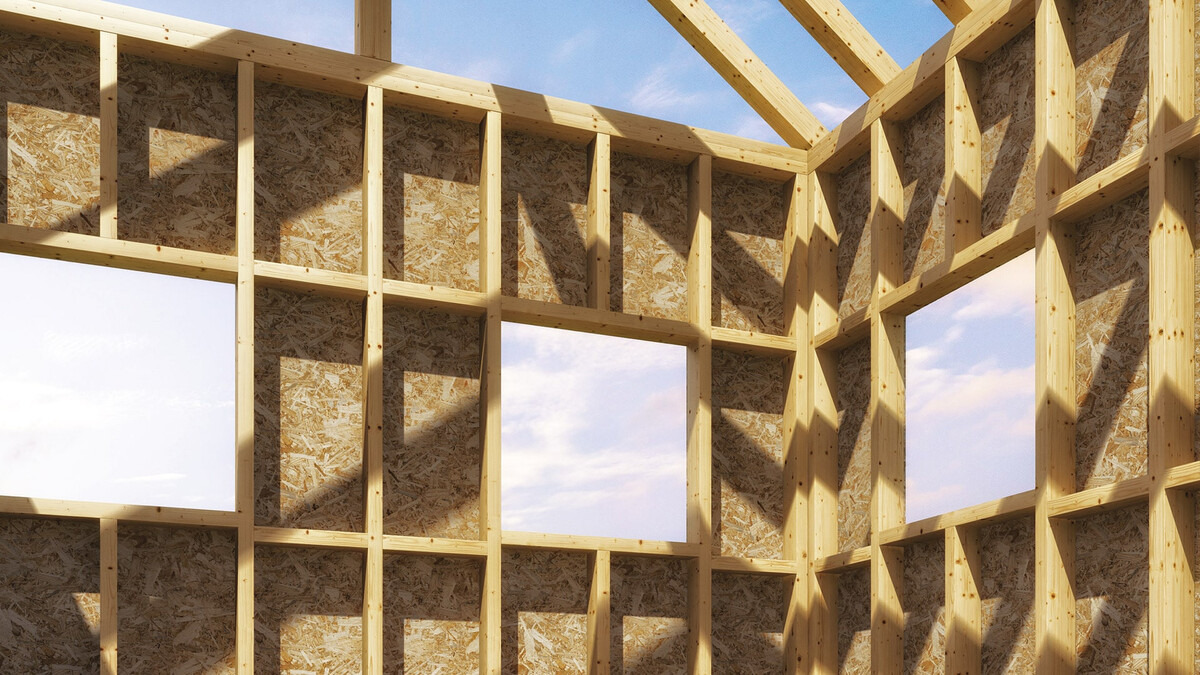
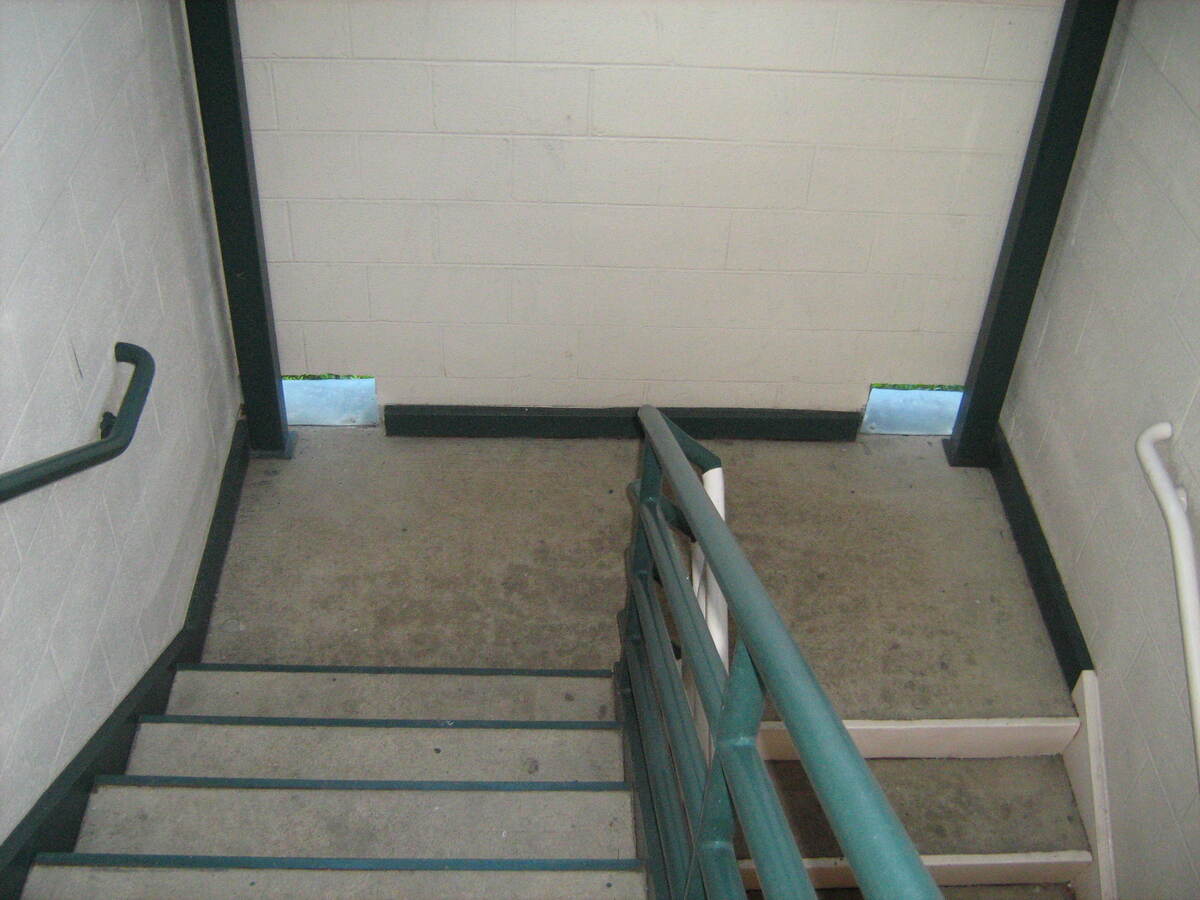
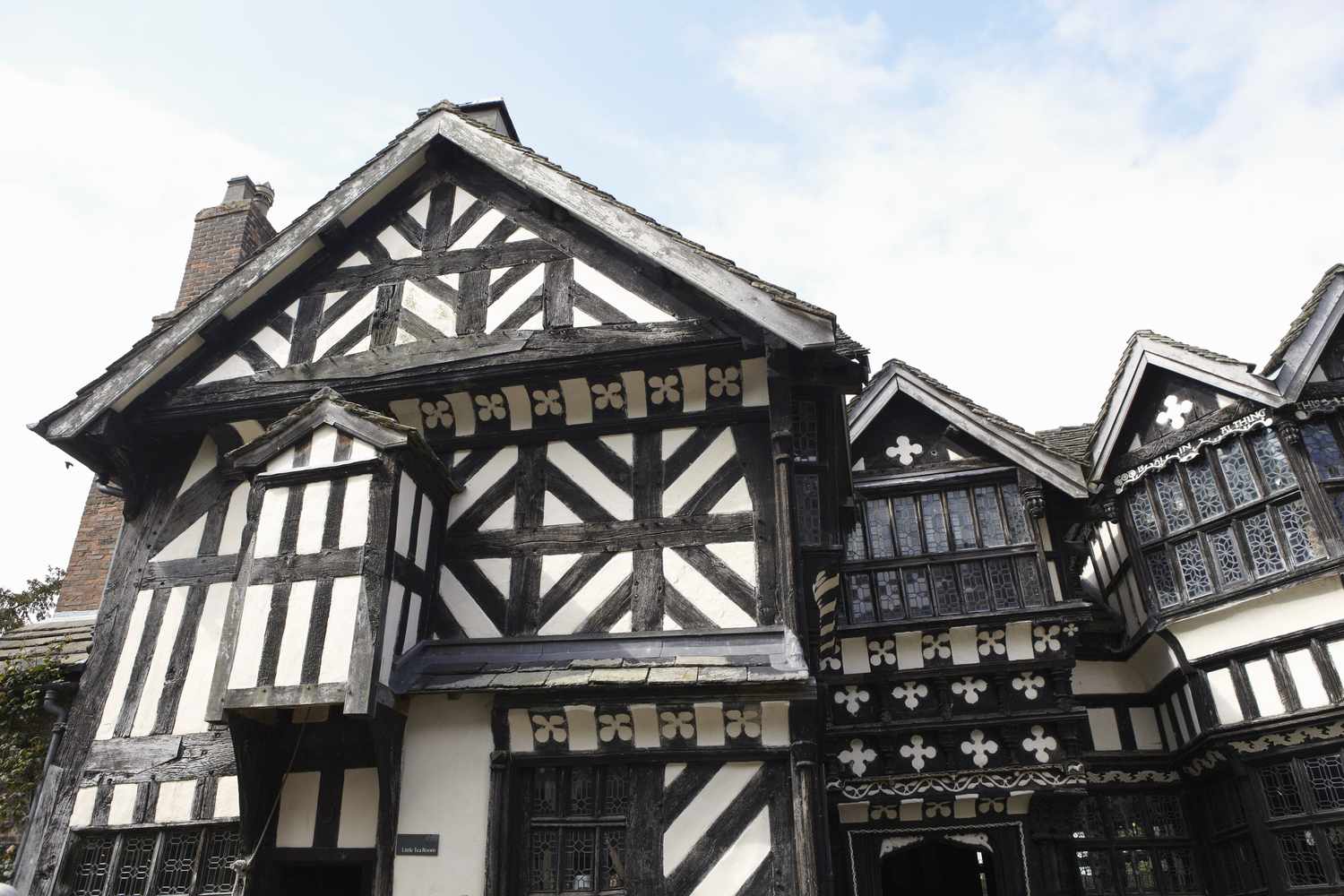
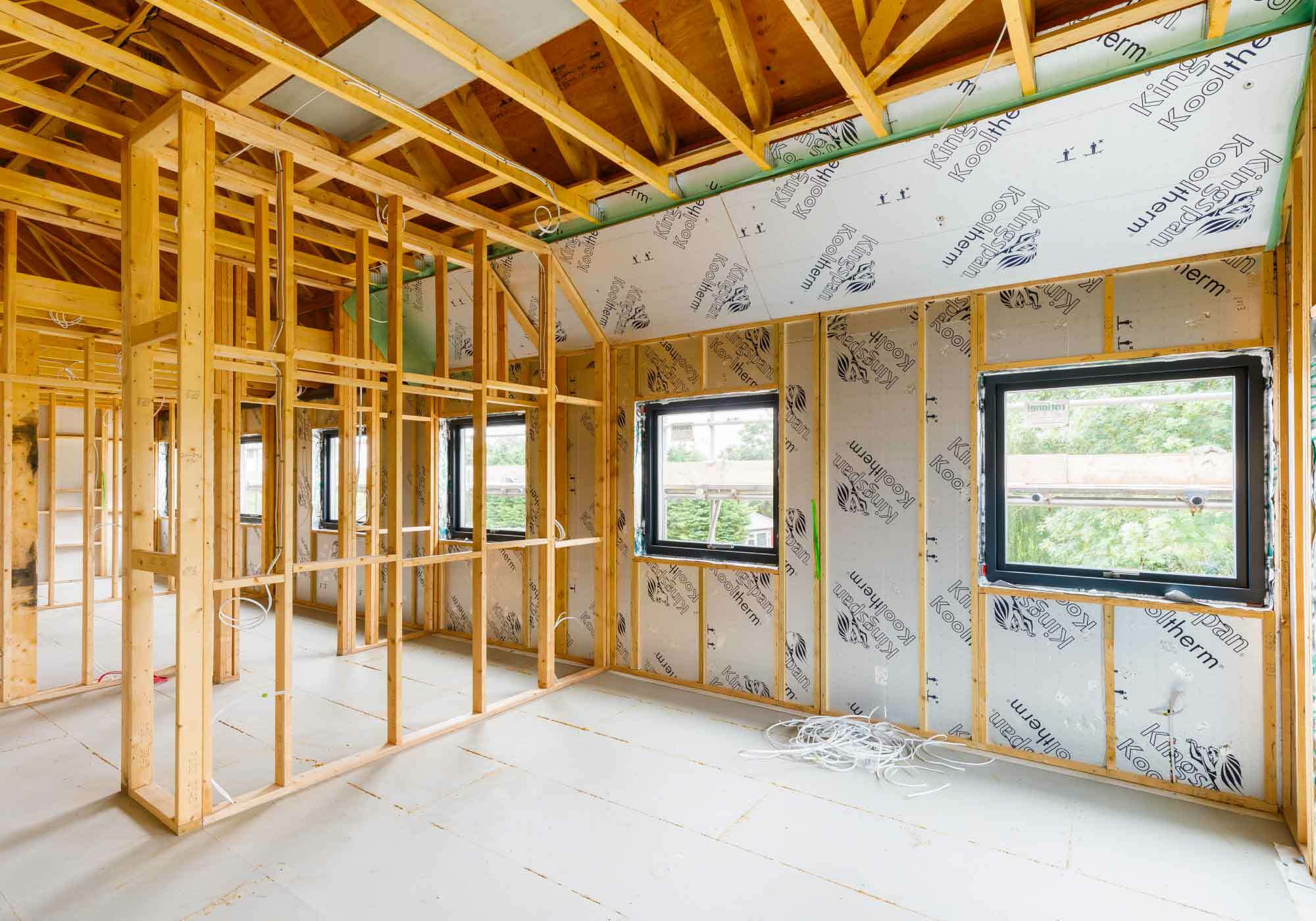
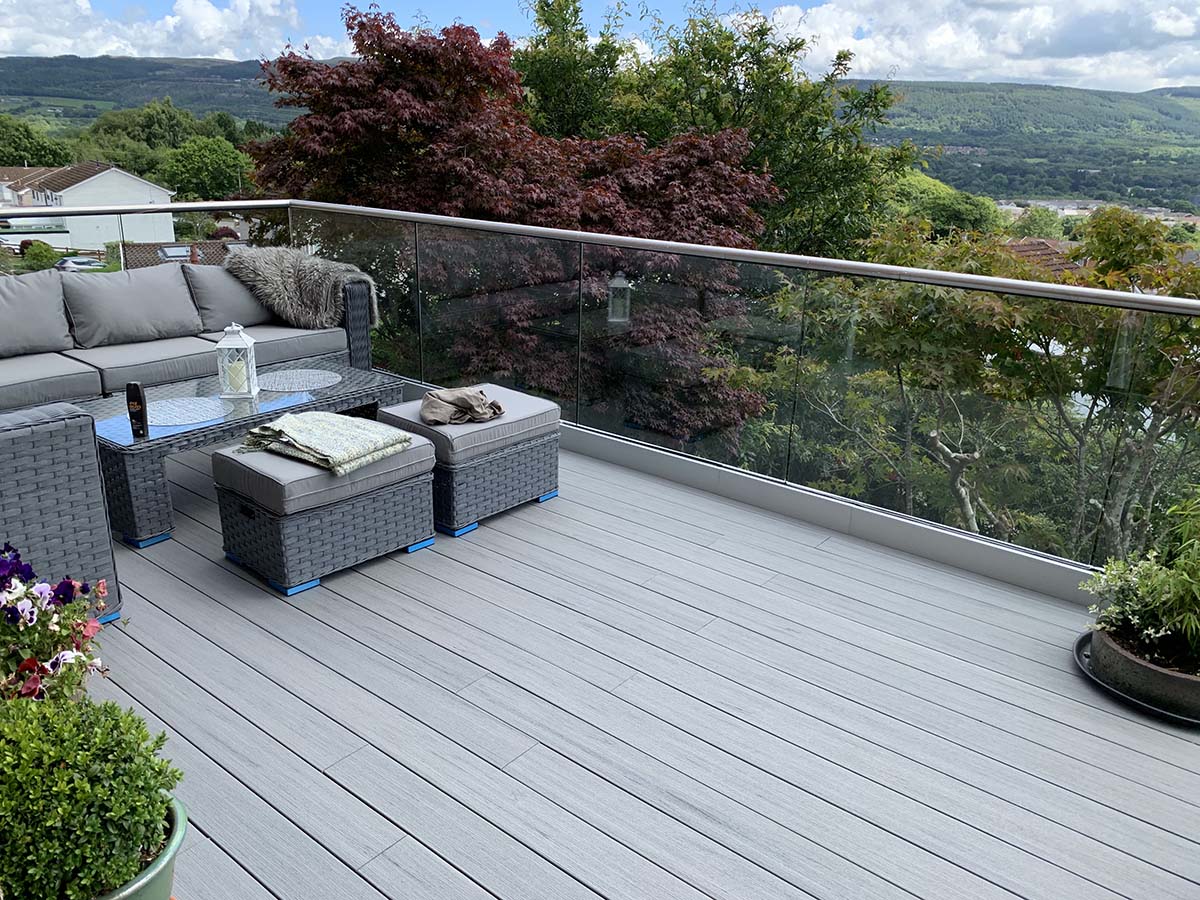
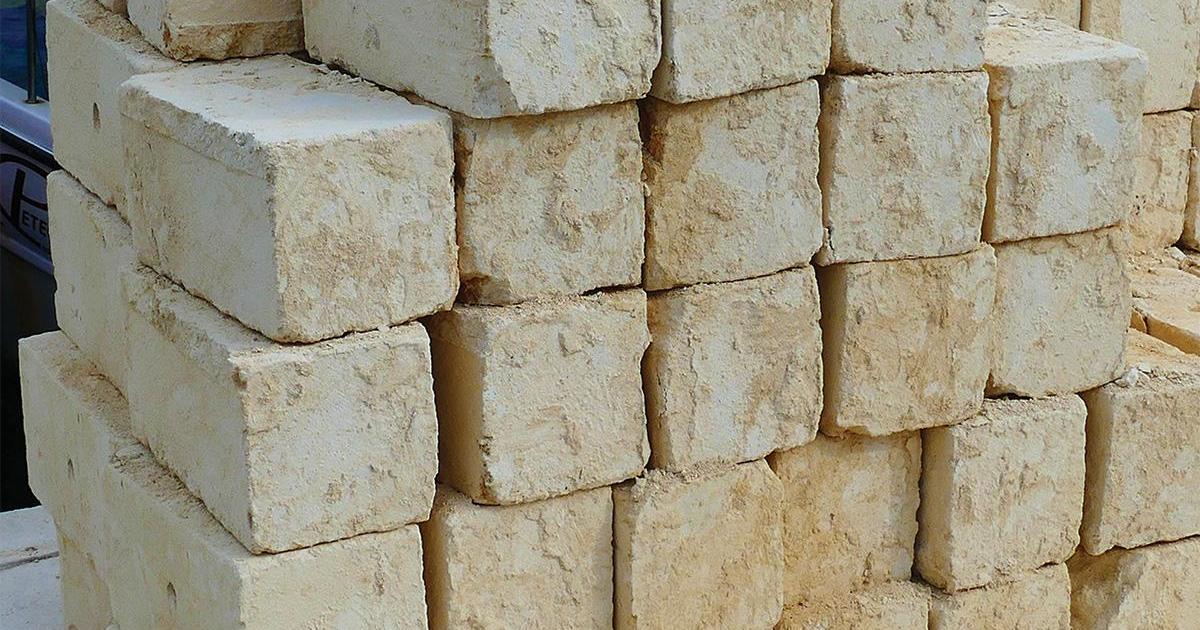
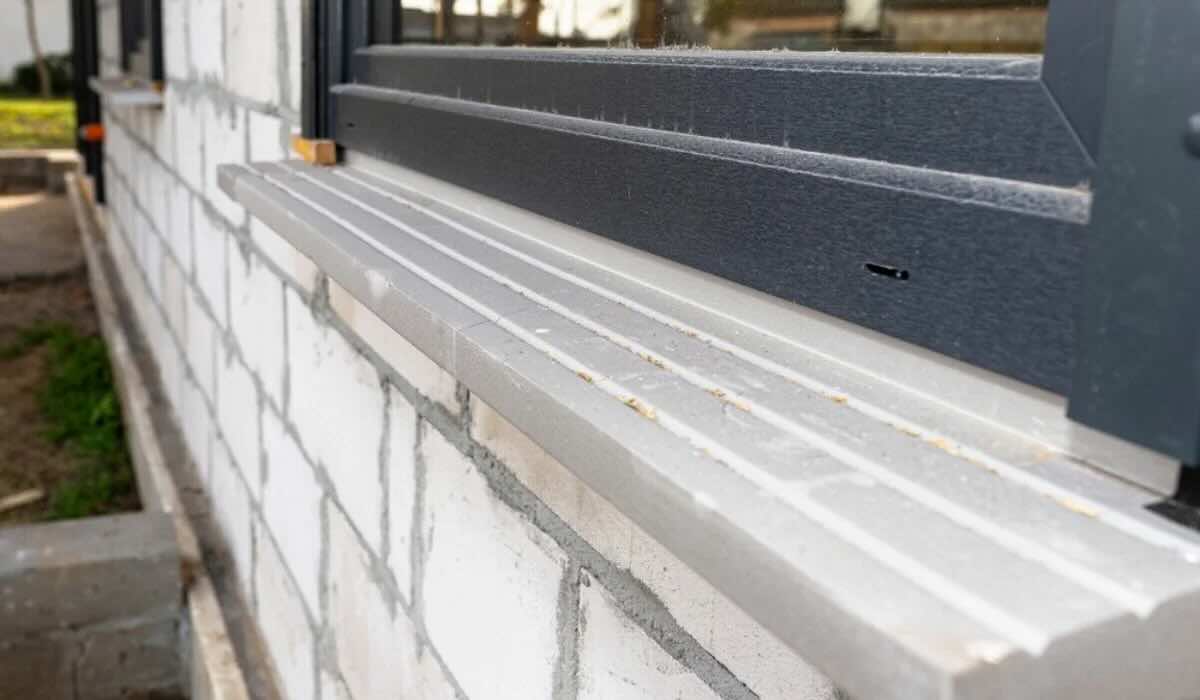
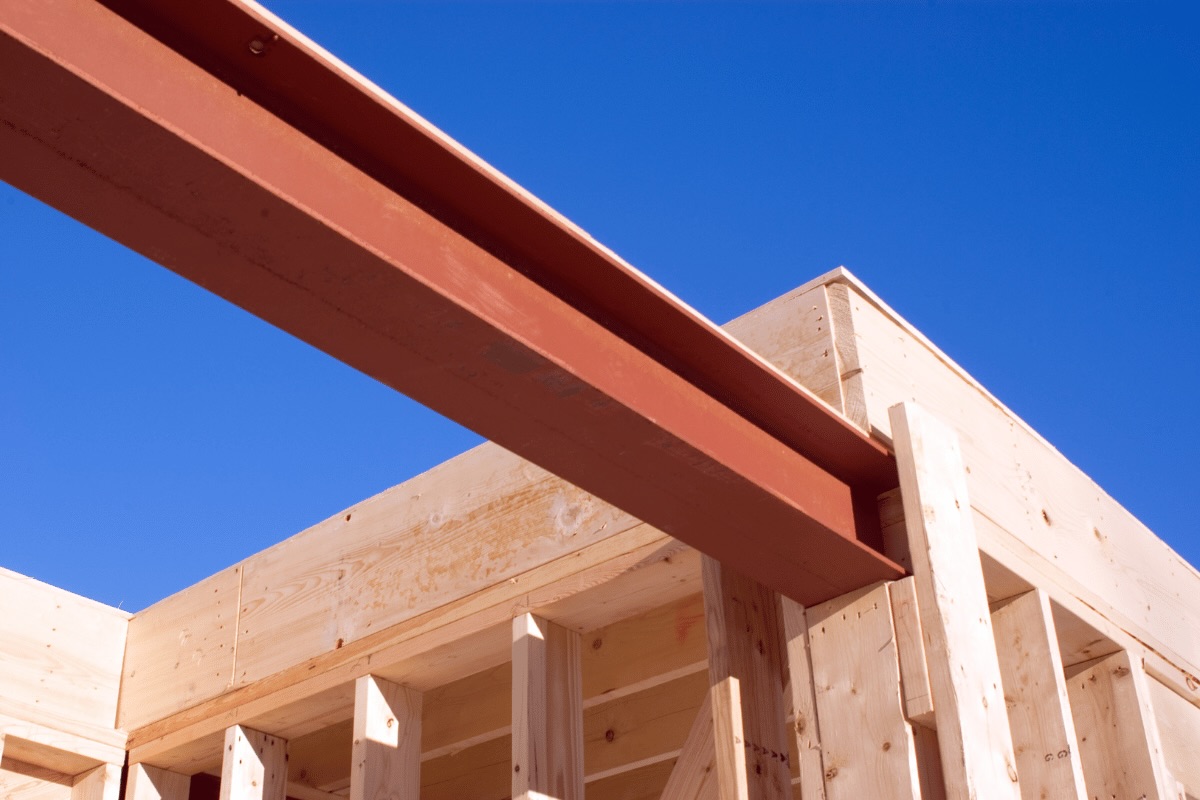
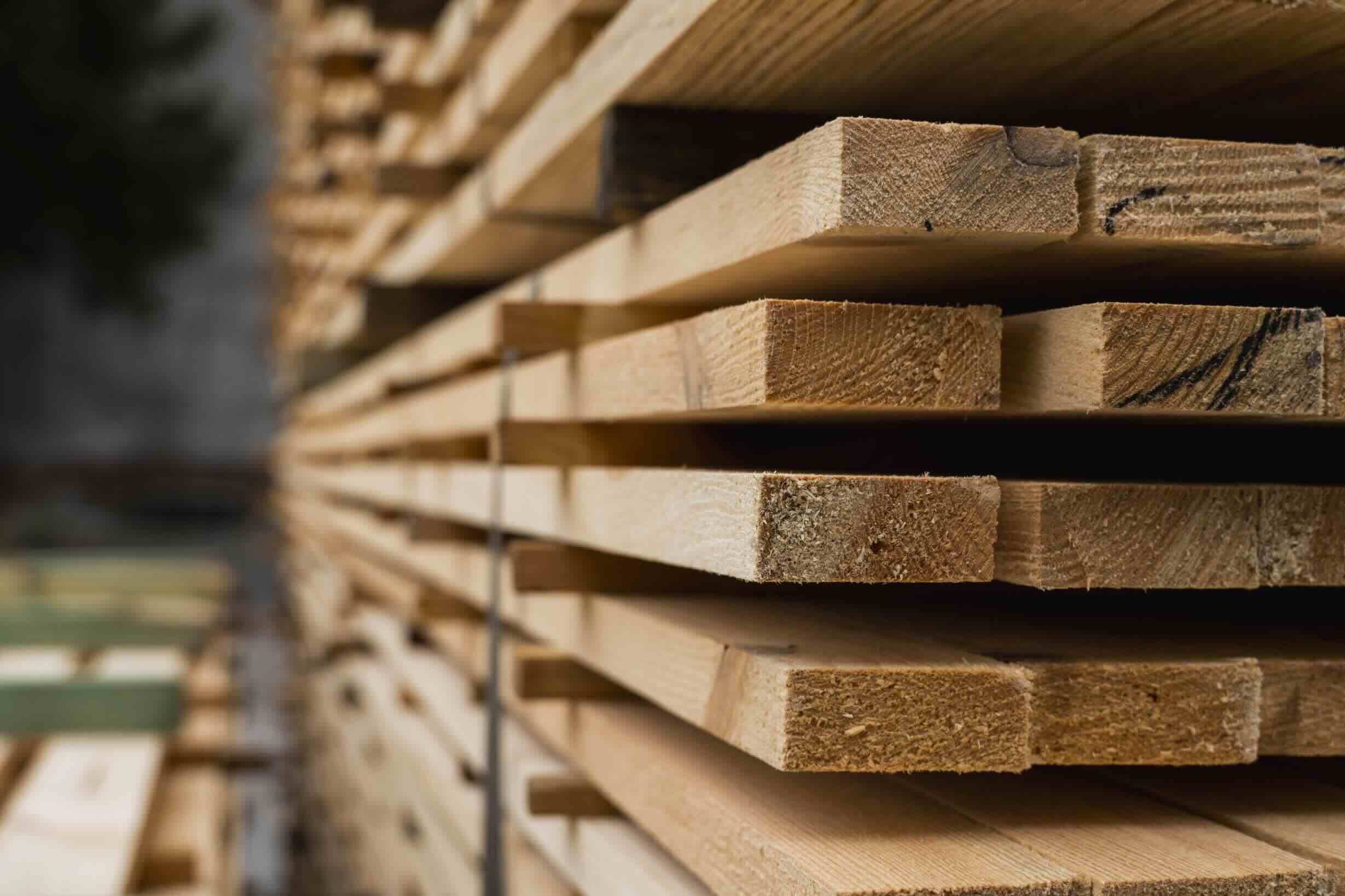
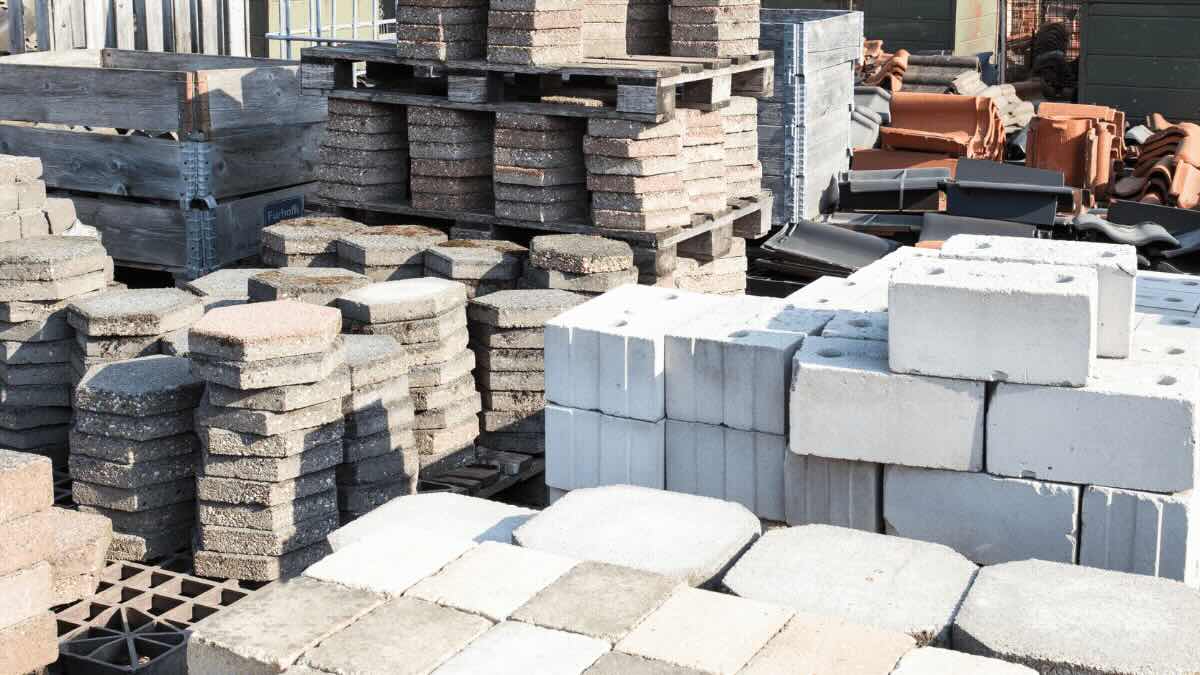
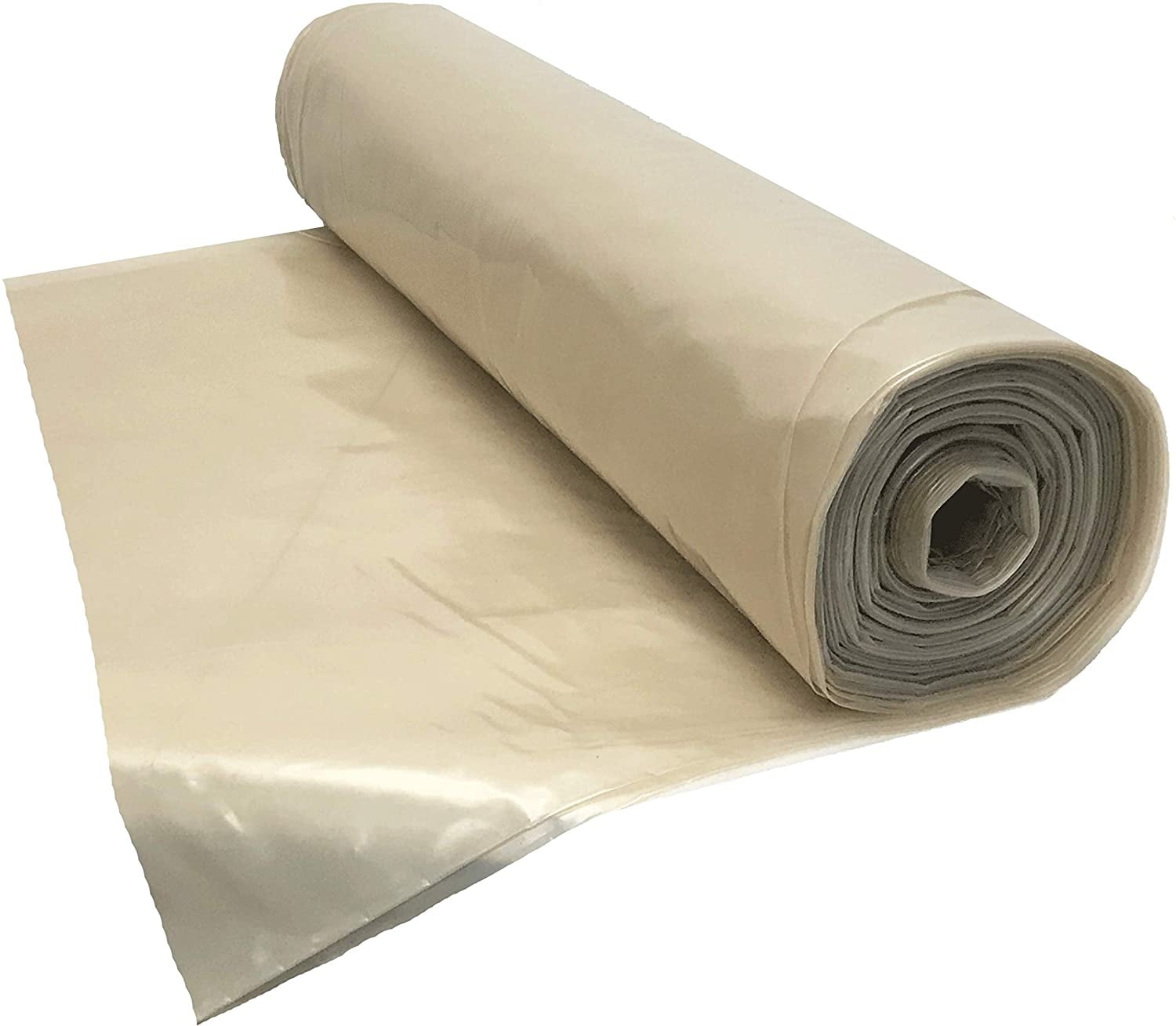
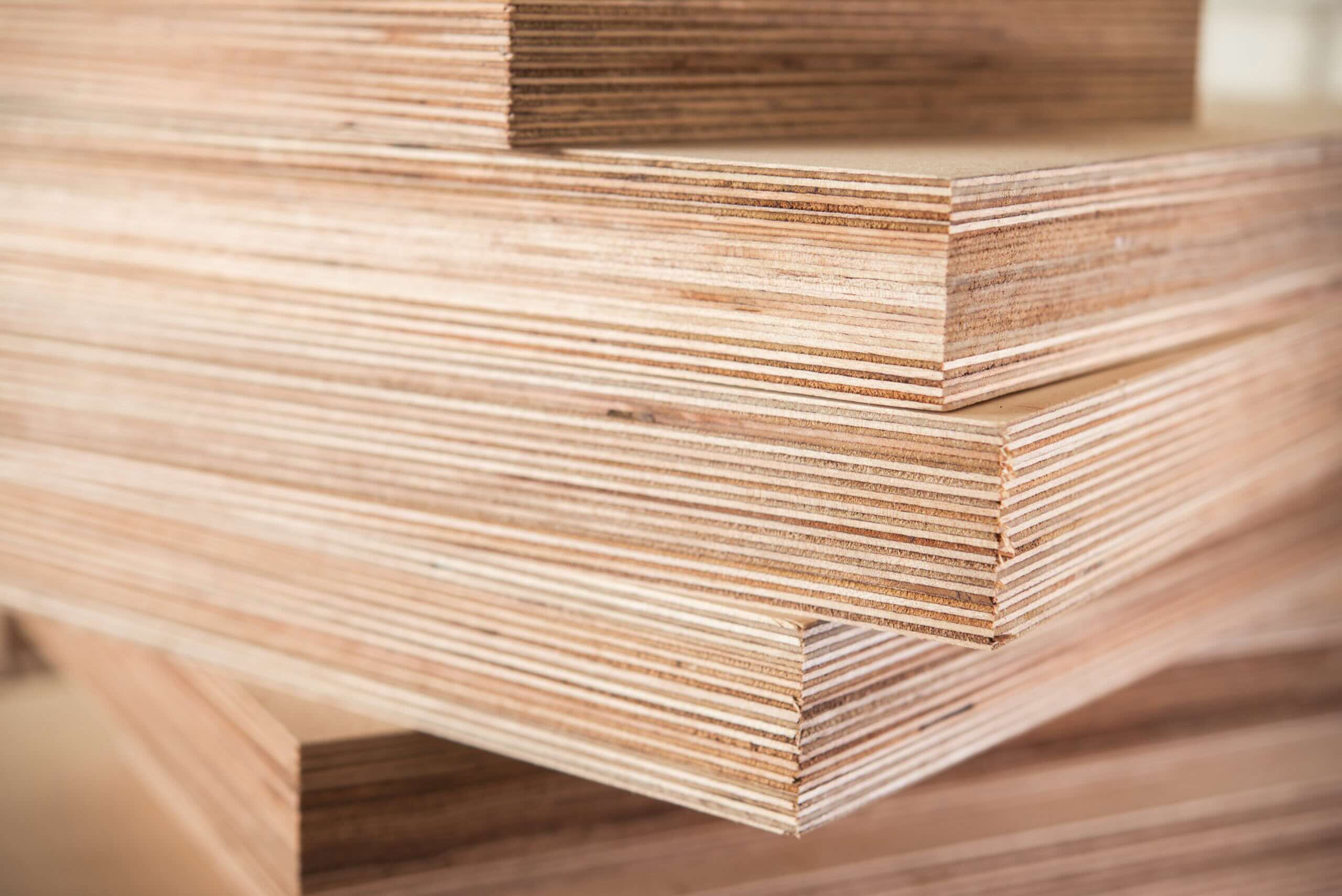
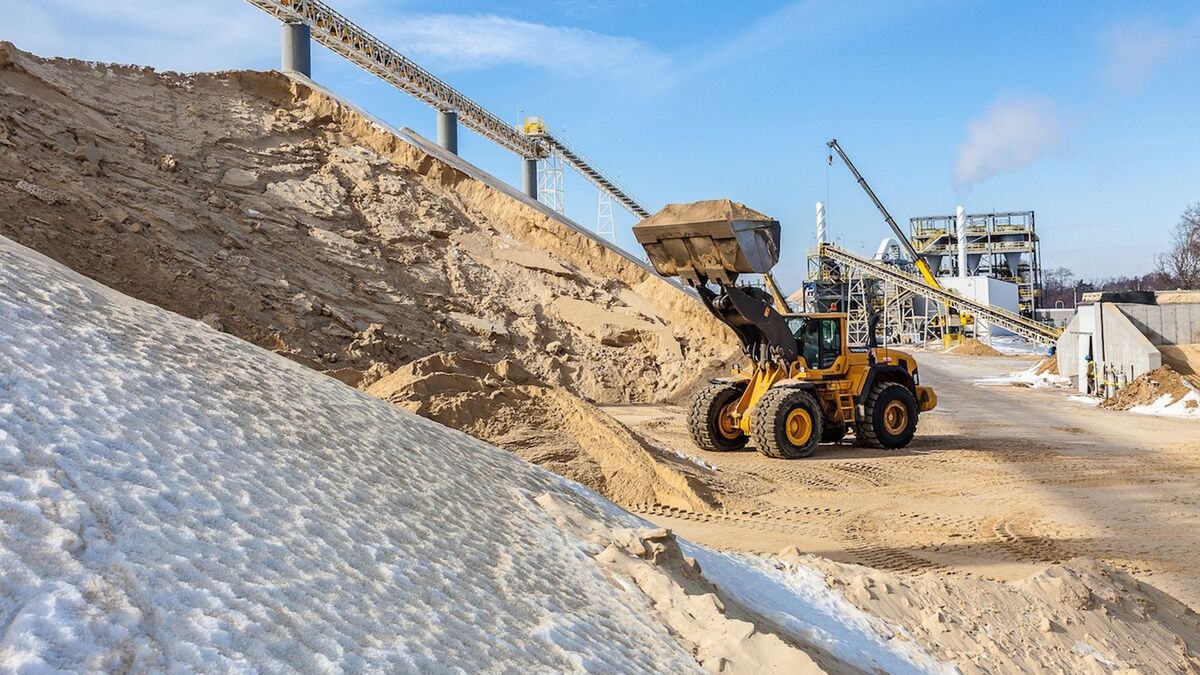
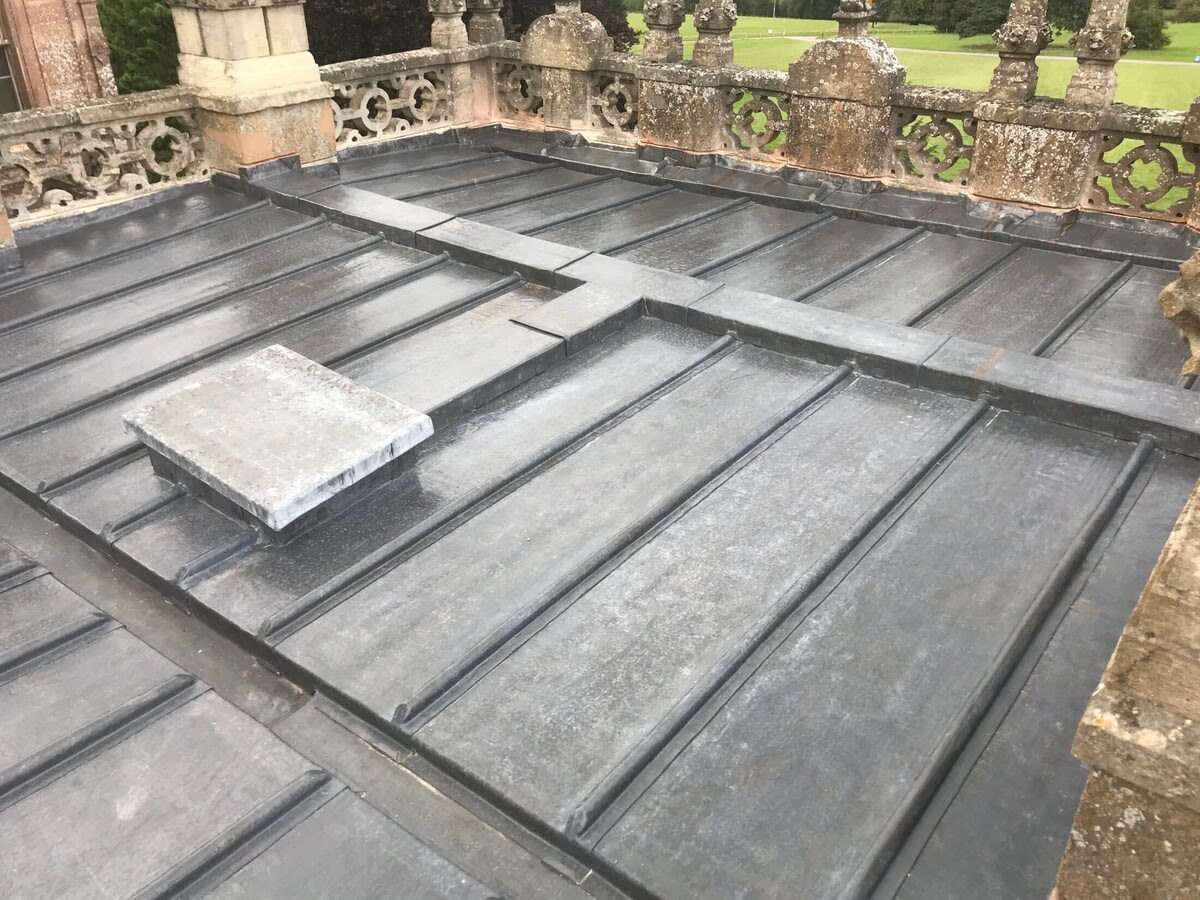

0 thoughts on “What Timber Is Used For In Construction”